
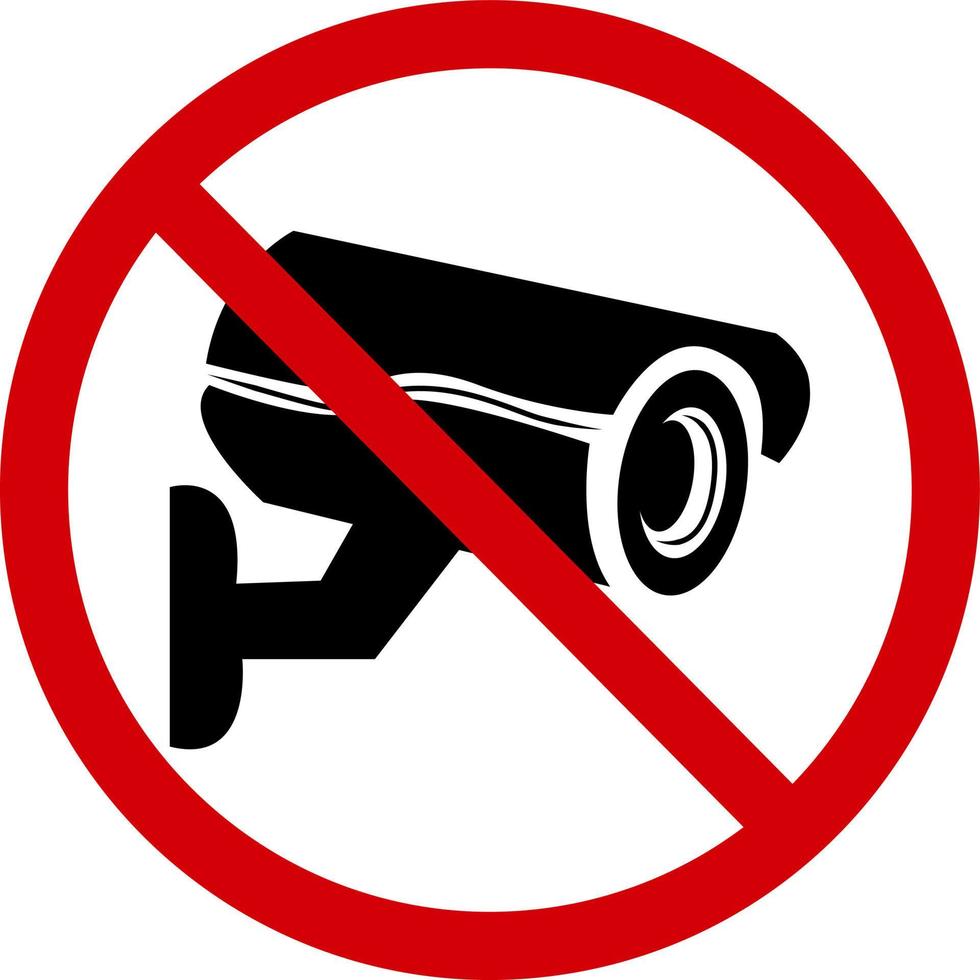
Oh, cool. Thanks!


Oh, cool. Thanks!


Chromite passed the EFF test for trackers. I had a unique fingerprint, though. Not surprising. It’s really hard not to.


How do you feel about DDG browser? It’s another chrome based option. I’ve been using it when the some rare website won’t work in a Firefox fork, and I’m curious to hear other people’s opinions about it.
I like their free email forwarding service for throwaway accounts. Obviously, the emails aren’t private in any way.
Google steals your data and I’m sure wants to enslave us, too. Microsoft would love that. DDG probably doesn’t but it’s search kinda sucks and gives shitty AI generated web pages as results most of the time. Probably because it just uses Bing.
I use ChatGPT to answer questions directly instead of wading through searches. It’s pretty good at it. Like, “What’s the word for the thing that does the thing with this other thing”. And it’s like “thingamajig”. Yup, that’s it. Perfect. It’s what I wanted.
The company isn’t profitable, and every question costs them money. They certainly aren’t profiting off of my dumb questions.


I can’t click that link. I guess Droid-ify doesn’t handle that protocol. If I try to paste the entire thing into the address field of the “Add repo” screen, it crashes the whole app. Merely pasting it!
I had to separate the bits and do it manually:
Address
http://fdroid.ironfoxoss.org/fdroid/repo
Fingerprint
C5E291B5A571F9C8CD9A9799C2C94E02EC9703948893F2CA756D67B94204F904
Hopefully FFUpdater will add the app to their list soon. And Droidify will probably add the repo to their default list, too.
Honestly, Obtanium might be the way to go.


Weird that I get a unique fingerprint in DDG.


Thing is most people just don’t care, and don’t understand it. Also, it turns out it’s really easy to fingerprint people. Your list of installed fonts alone is enough to fingerprint you in many cases, and it’s easy to figure out your entire list of installed fonts with JavaScript.
Add a few more data points like screen size and resolution, user-agent, and you can fingerprint 90% of people. And if that’s not enough, every device—even individual video cards of the same model—renders an HTML canvas differently enough that it’s detectable.
It turns out it’s very hard to not be completely unique when you add all the up.
I feel like it should be a crime to do fingerprinting like this, and to grab and store the browsing habits of every citizen for their whole life, but this is America (for me), and it’s never going to change.


I got it to be random in Fennec. That’s good. A unique, random fingerprint is probably as good as hiding in the crowd. Maybe. I dunno.
I feel like a lot of people on Lemmy will have unique fingerprints due to using uncommon operating systems, browsers, and extensions.


JShelter blocks fingerprinting. uBlock blocks scripts, cookies, and trackers. Trackers are going away, even Google says so, in favor of fingerprinting. Hence why Chrome is moving manifest v3 without third party cookie support. (I hope I got all those facts right.)


How long is this supposed to take? I just get this forever.

Turns out jShelter breaks it completely. It runs instantly in DDG browser and same if I disable jShelter.
I get an F- in both cases. 😅


Thank you. That’s evidence that mine is not being randomized and is unique and repeatable.


I’m on mobile.


I’ve done that, and it’s a little of everything. The page doesn’t offer any advice on how to address anything.
The biggest ones are screen size and user agent. User agent can be faked with an extension. I can’t exactly change my screen size.
I don’t know what exactly what I did, but I managed to improve to “nearly unique” in IronFox. I think all I did was install Cookie Autodelete. It’s an extension I’ve used for a long time in Mull, and finally got around to installing it. Then I installed “User-agent Switcher” and chose a Chrome user-agent and now I’m back to “Unique”. 🤔


Rethink does not require you to use their own DNS. You can choose from several or just use the system DNS.
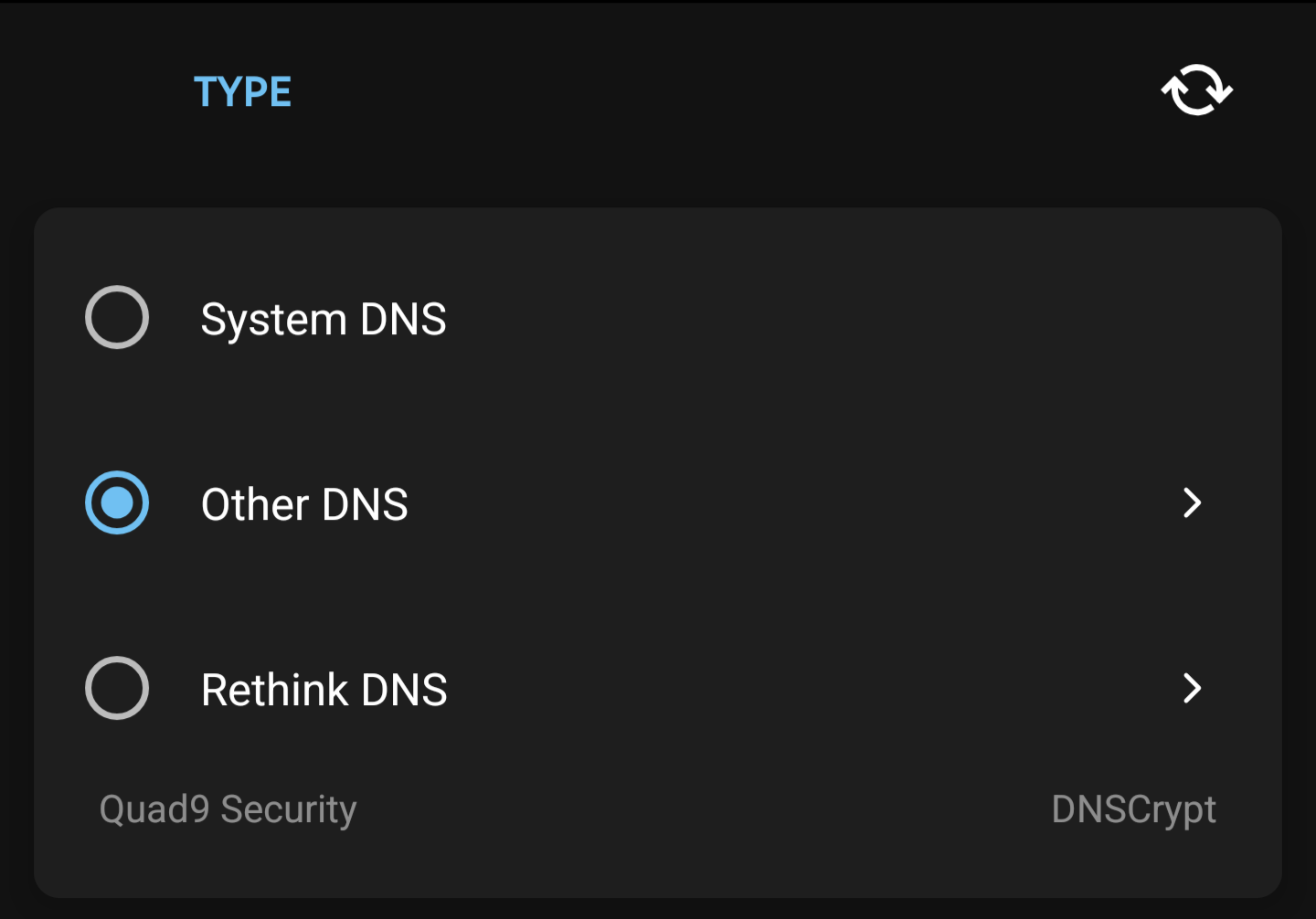
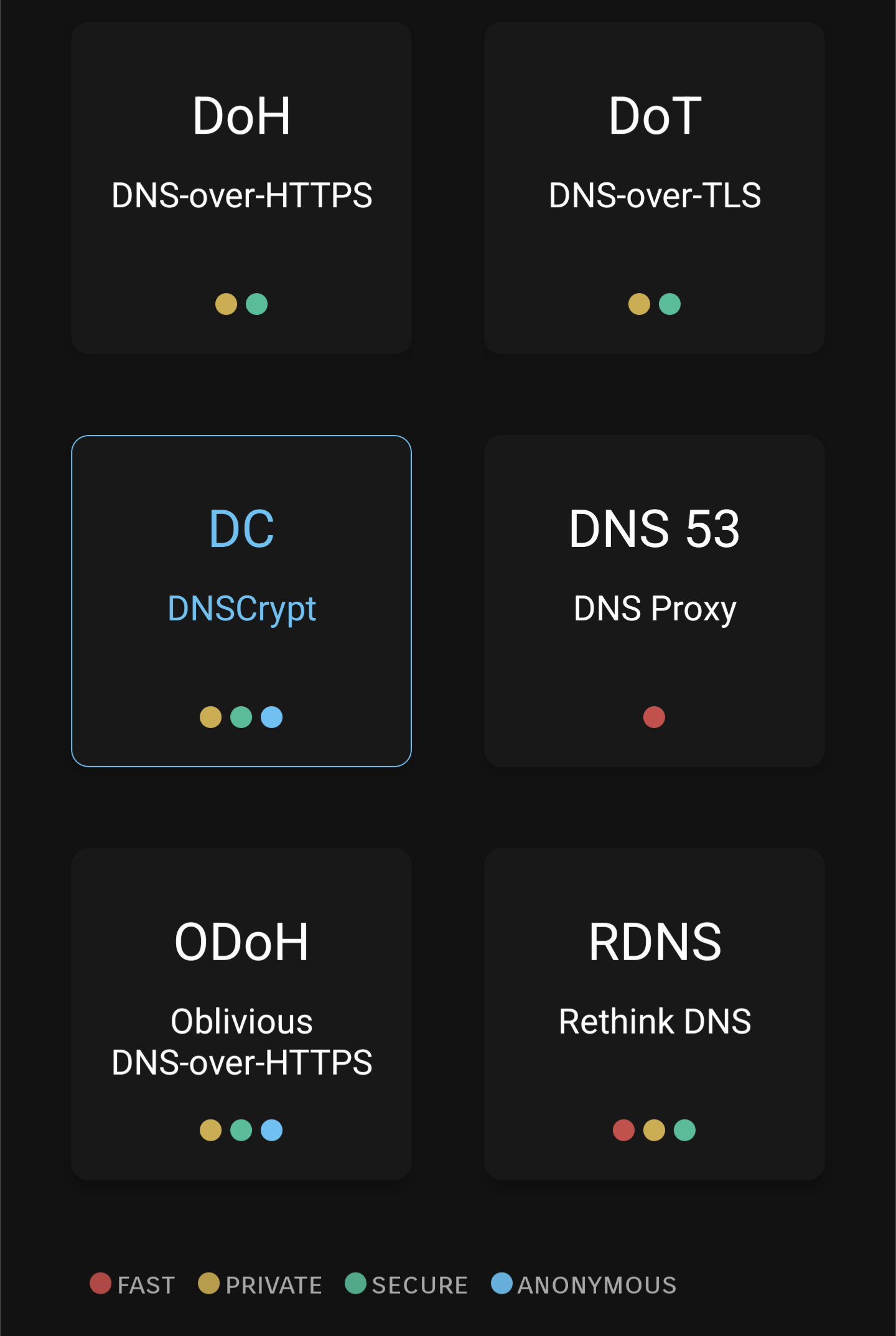
In addition, it has on-device blocklist where you import rules from various public lists. Just like a desktop ad blocker.
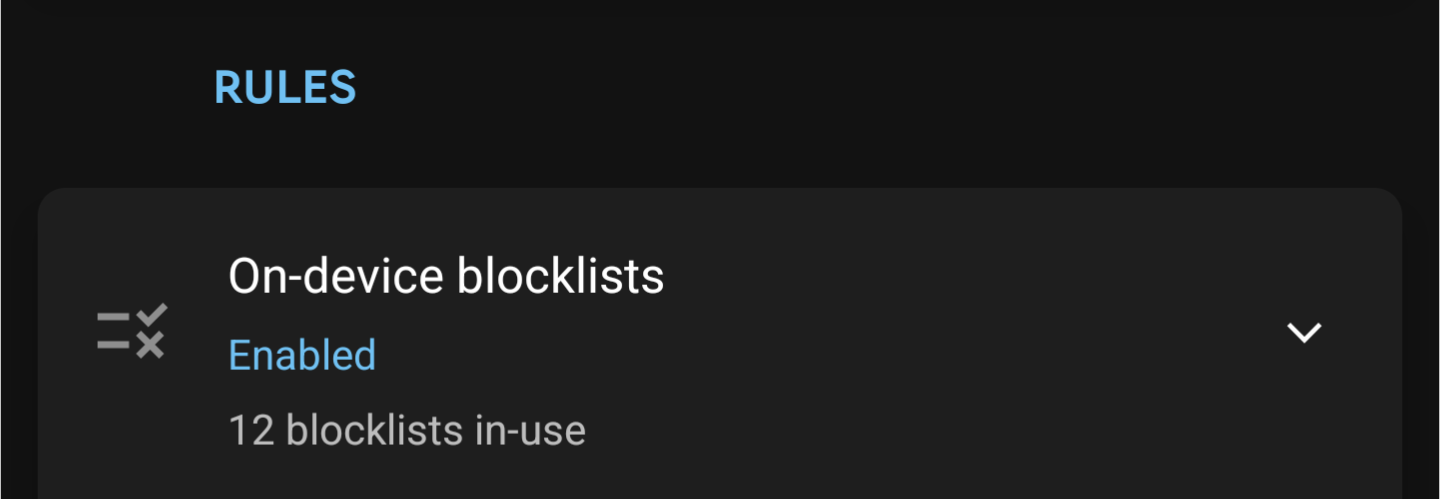
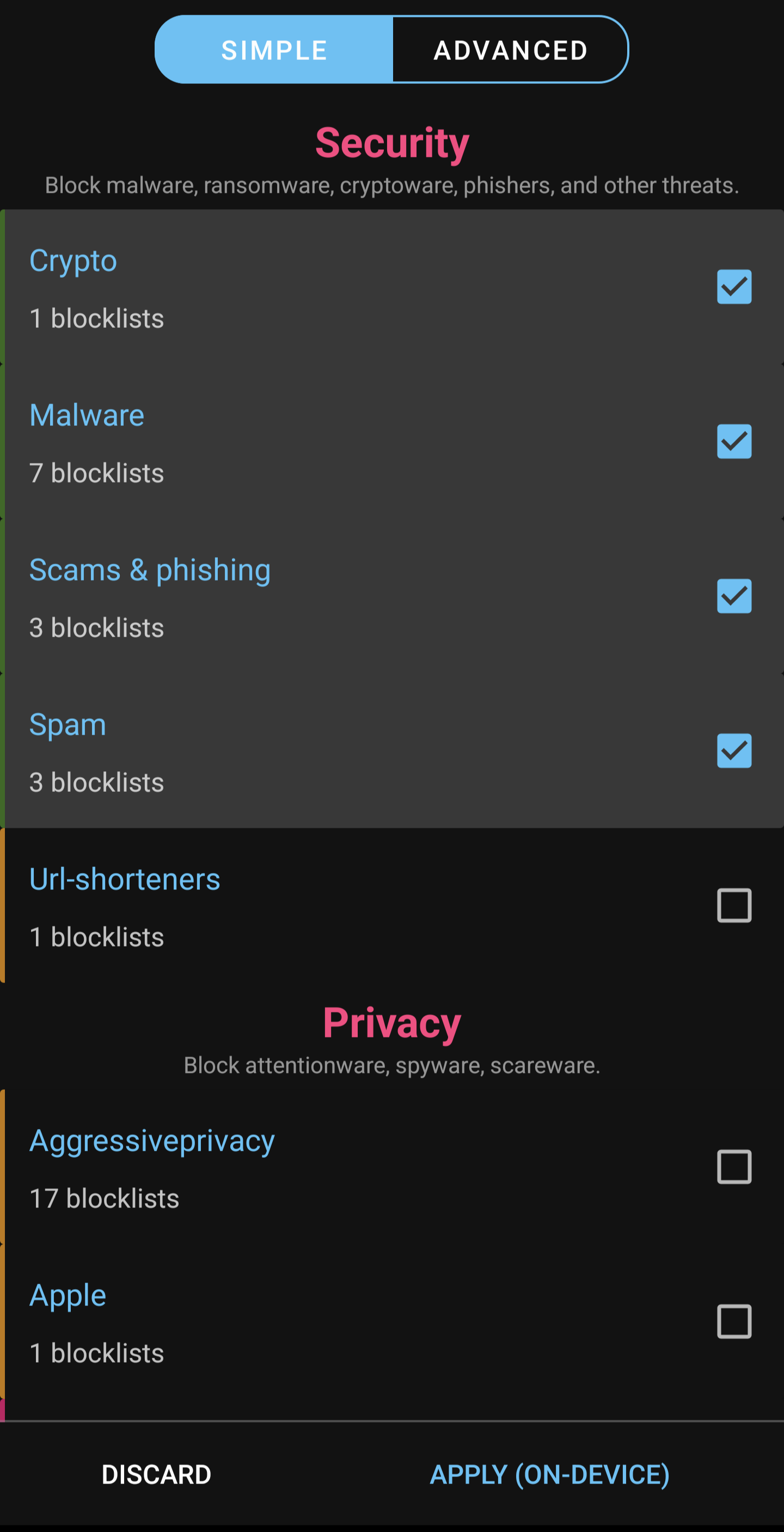
And, of course, I have a VPN configured by downloading a wire guard config file from Mullvad and importing it into Rethink.


You don’t count using YouTube scrapers as de-googling because Google might make it break some day? That makes no sense.


On Android, entering lockdown mode does the same thing. You can do it by pressing volume-up and power at the same time, then tapping Lockdown.


You don’t strictly need a PiHole. You can also import a giant hosts file.


having a pull request merged is in no way a proof of ownership of the repo
That’s literally what I was saying! That was the entire point of my comment!


their own preferences for tab width… ending up in an identation abomination
Can you give an example where a person’s personal tab width breaks things? One tab per logical indent, and then spaces for alignment. How does this break anything? I know for a fact it doesn’t or else people like me wouldn’t advocate for it. What breaks indenting is mixing tabs and spaces for indents, and obviously that’s foolish. You can’t blame that mistake for causing an “abomination” when it’s something that would violate any code style specification, whether using spaces or tabs. You yourself could set your IDE to emit only 2 spaces when you hit Tab, and that would also violate your code style spec if you mix those indents into a file with 4-space indents, and that has nothing to do with tabs at all.
Doing stupid things in the code that violates the code style are stupid things that violate the code style. No matter what whitespace you use. But having a personal setting to see 8 spaces per tab isn’t one of them if you only use tabs for logical indenting and not for alignment.
All tabs or all spaces for indents result in the exact same thing: good looking code. But tabs then have further advantages. Easier outdenting, better accessibility, etc. The only benefit to forcing spaces is that some random program you use for code comparison or whatever might default to something other than 4 columns for a Tab and your code looks a little wide until you change your settings. That’s nothing compared to the advantages of tabs. Turns out that “benefit” of spaces is actually a drawback because no one is allowed to view the indents as anything but whatever column width you personally think it should be.
That sounds like it’d be Futurama joke.